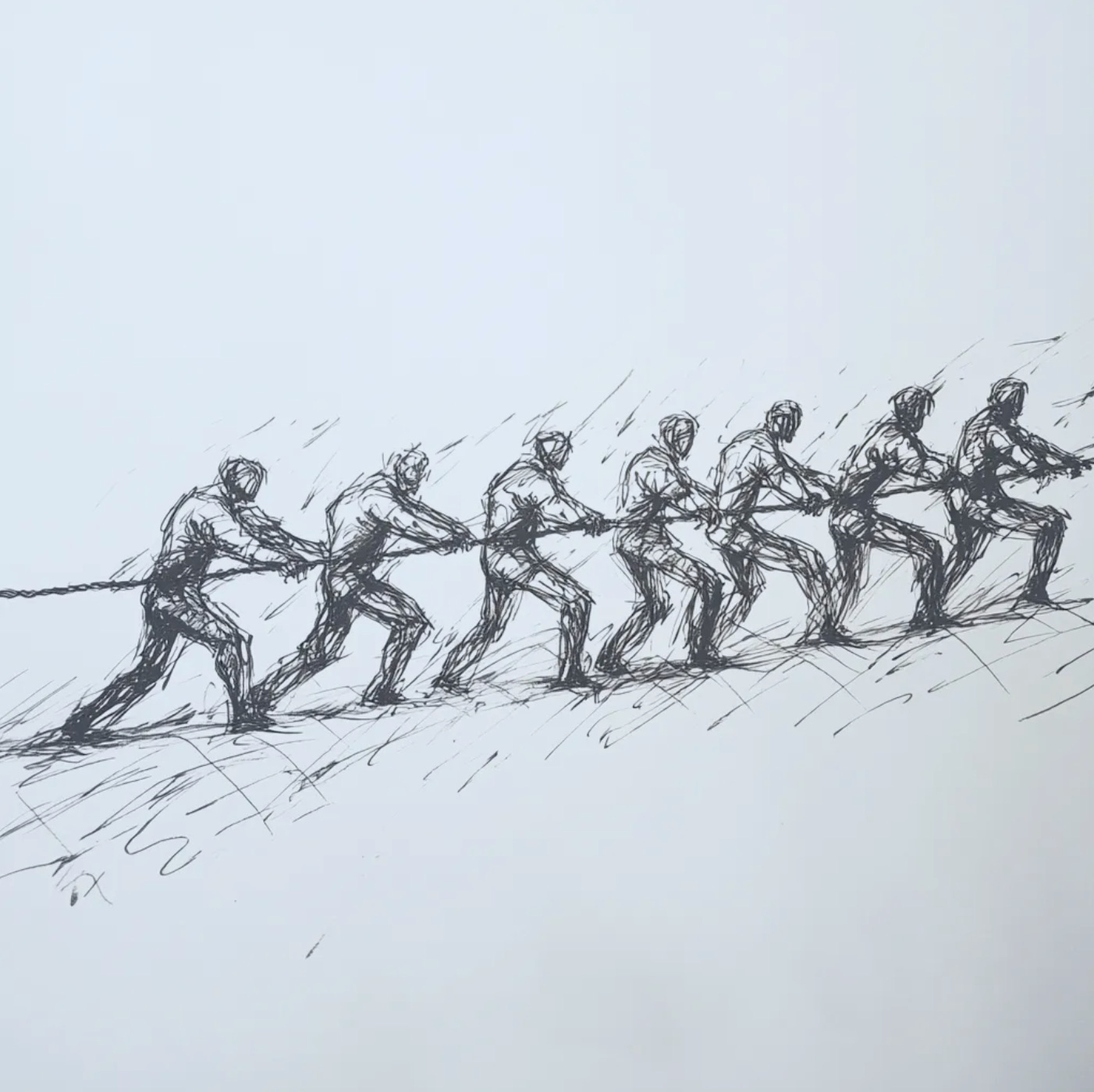DeepSeek’s R1 is a masterclass in organizational function
When faced with resource and time constraints, companies must often get creative to hit their maximum speed.
For DeepSeek, these constraints—combined with urgency and ambition—catapulted the company into the AI stratosphere, putting it in direct competition with giants like OpenAI and Anthropic. The USA imposed restrictions on China's access to advanced semiconductors, particularly GPUs used to train AI models. In response to the October 2023 sanctions, Nvidia developed the H800 specifically for the Chinese market. The situation worsened a year later when additional US semiconductor restrictions effectively banned the export of even these downgraded graphics cards to China. These measures placed Chinese startups at a significant disadvantage compared to their American counterparts, who faced only financial constraints in accessing cutting-edge GPUs. As a result, DeepSeek's researchers and engineers had to work with a limited fleet of graphics cards, forcing them to develop ingenious and unconventional approaches to achieve their goals.
This analysis shows how their unconventional approach to sourcing talent, assignments centered on staff strengths, and strategic foresight set DeepSeek up for unprecedented success in the AI domain.
No experience—no problem
DeepSeek's hiring strategy is based on two simple rules: a hard "no" to anyone with more than 8 years of experience, and for applicants with 5-8 years of experience, they must demonstrate truly elite performance during interviews. Real innovation comes not from preconceived notions of problem-solving, but from pure interest and curiosity in understanding the true nature of assignments.
DeepSeek's R&D thrives on university graduates and early-career professionals. Notably, many individuals behind the breakthrough model R1 came from fields like physics and mathematics rather than computer science. The company has turned the traditional talent-finding approach—based on seniority and industry experience—upside down, favoring individuals unburdened by repetitive corporate work. As Liang Wenfeng, CEO and founder of the company, puts it: "What we need are people who are extremely passionate about technology, not people who are used to finding answers based on experience."
While many companies recognize that junior hires often think more creatively, DeepSeek elevated this concept into a core principle—making it the foundation of their innovative culture.
Flat, goal-centered structure
The employees behind the world's hottest LLM have the confidence to maximize their impact, supported by peers who recognize each other's strengths. Assignment structures are tailored around everyone's specialized skills. Rather than having teams with assigned managers, they organize around specific goals or problems to solve. In these groups, individuals can push boundaries while applying their unique strengths. Goal groups have no fixed headcount—instead, they are staffed with individuals who can make the biggest impact on the problem at hand.
This approach differs from the traditional model where managers dictate roadmaps and maintain exclusive oversight of team activities. It aligns with the 'betting' concept in the ShapeUp methodology—teams commit to specific outcomes within defined time periods and scope. The decentralized structure encourages proactive communication, particularly when solutions aren't immediately apparent. Through team transparency, DeepSeek creates an environment where teams learn from and support each other when facing obstacles.
Pulling on the rope together
Every individual, regardless of their background or experience level, possesses the innate capacity to generate groundbreaking ideas that can revolutionize the company's approach to problem-solving. Moreover, the company maintains a deliberately flat organizational structure where all employees share the title "Member of the Technical Staff" - there are no hierarchical distinctions, senior titles, or experience-based levels assigned to any team member.
Is DeepSeek building the future tech workplace?
The company’s culture isn’t just an experiment in efficiency—it’s a masterclass in organizational function. By rejecting conventional wisdom on talent, structure, and leadership, the company has demonstrated that radical approaches can lead to groundbreaking results.
If DeepSeek continues to succeed, its “hierarchy-free, constraint-driven, interdisciplinary-first” model could inspire the next wave of AI startups to prioritize ingenuity over brute force. However, whether this model can scale beyond a single breakthrough remains the biggest open question.
Will DeepSeek’s radical structure redefine AI workplaces, or is it a product of unique constraints that won’t last? Time will tell—but for now, it stands as one of the boldest organizational experiments in the AI industry.




